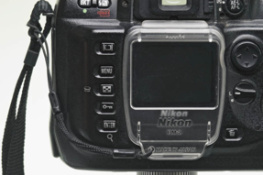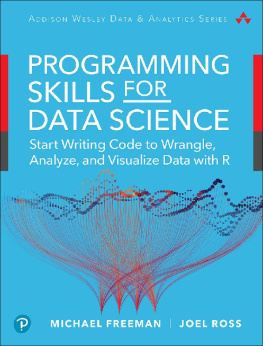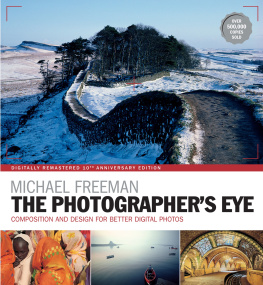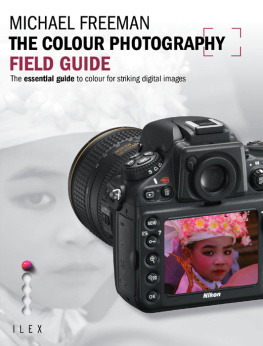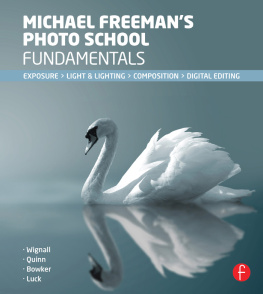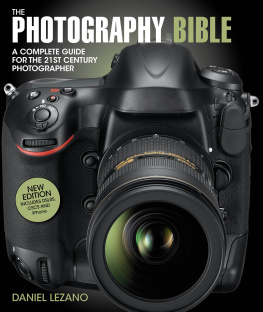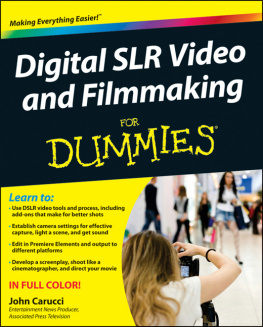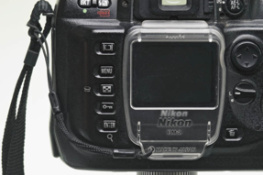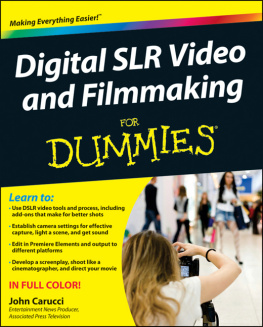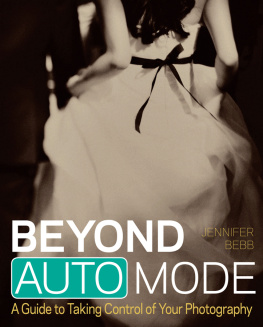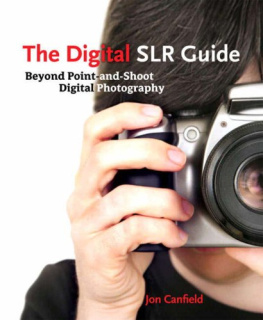
The DSLR Field Guide

Michael Freeman

Focal Press is an imprint of Elsevier
30 Corporate Drive, Suite 400, Burlington,
MA 01803, USA
Copyright 2011 The Ilex Press Ltd.
All rights reserved
This book was conceived, designed,
and produced by Ilex Press Limited
210 High Street, Lewes, BN7 2NS, UK
Publisher: Alastair Campbell
Creative Director: Peter Bridgewater
Managing Editor: Natalia Price-Cabrera
Editor: Steve Luck
Senior Designer: James Hollywell
Designer: Jon Allan
Digital Assistant: Emily Owen
No part of this publication may be reproduced,
stored in a retrieval system or transmitted in any form or by any means electronic, mechanical, photocopying, recording or otherwise without the prior written permission of the publisher
Permissions may be sought directly from Elseviers Science & Technology Rights Department in Oxford, UK: Phone (+44) (0) 1865 843830;
Fax (+44) (0) 1865 853333;
Email: .
Alternatively visit the Science and Technology
Books website at www.elsevierdirect.com/rights
for further information
Notice
No responsibility is assumed by the publisher for any injury and/or damage to persons or property as a matter of products liability, negligence or otherwise, or from any use or operation of any methods, products, instructions or ideas contained in the material herein
Library of Congress Control Number
A catalog record for this book is available
from the Library of Congress
Print ISBN: 978-0-240-81720-0
Digital ISBN: 978-0-240-81721-7
For information on all Focal Press publications visit our website at: www.focalpress.com
Trademarks/Registered Trademarks
Brand names mentioned in this book are protected by their respective trademarks and are acknowledged
Introduction

In their infancy, digital SLRs were the preserve of a select group of professional photographers, or exceptionally wealthy enthusiasts. While 35mm SLRs had reached a point in their development where there was something for everyone, regardless of their skill level or budget, the transition to sensor-based digital capture came with a price-tag that made it prohibitively expensive for the photo enthusiast. To enjoy the benefits of photography with an interchangeable lens digital camera meant investing heavily in a technology that was evolving at a phenomenal rate, with manufacturers turning out significantly superior cameras on an alarmingly regular and brief timescale; a doubling of camera resolution in as little as 12 months was common.
Today, however, the frenetic pace of DSLR development and the leaps in technological breakthroughs have slowed, although that isnt to say they have ceased altogether. Sensor resolutions continue to creep upward, albeit in smaller increments, and new technologies continue to be squeezed into the camera body to enhance the photographers experience; built-in anti-shake systems to combat camera shake, in-camera dust-removal, live LCD screens, and video recording are all increasingly common, for example. But it is not the maturing technology that has expanded the DSLR market to the point that 35mm SLRs are now near-obsolete, it is a far more material aspect: price. While hefty prices excluded most non-professional photographers (and many pros) from going digital a decade ago, the low-cost of modern DSLRs is no longer a barrier.
Yet while buying a DSLR no longer requires the same financial sacrifice, it still demands an investment in time if you want to make the most of it. Fundamental photographic concepts such as aperture, shutter speed, and ISO may not have changed since the day photography was born as a medium, but their implementation in the digital age, to a certain extent, has. In addition, there are all of the necessary digital technologies that need to be mastered or, at the very least, understood. While some photographers may be happy setting their camera to automatic and allowing it to determine the many and varied picture-taking parameters, to use a DSLR to its fullest potential there is a great deal to learn. That is precisely why you have bought this book. What I aim to do here is to reveal how you can get the very best from your camera, and show how digital capture can, and should, change the way you think about shooting, regardless of whether this is your first DSLR or not.
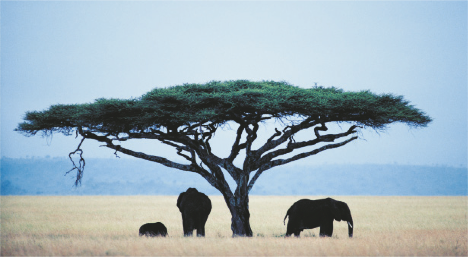


The Digital Environment Part I

Theres no doubt that if youre already familiar with the basic controls of a conventional film SLRby which we mean the aperture, shutter speed, shooting modes, and so onthen the switch to a DSLR should be relatively painless. If youre moving up from a digital point-and-shoot, you may have more to learn in terms of technique, but youll be familiar with much of the vocabulary that is used in digital photography.
The world of digital SLRs (DSLRs) is a rapidly evolving environment. It seems almost inconceivable that it was only in 2000 that Canon launched its flagship DSLR, the D30, which featured a 3.1-megapixel sensora resolution now found on many cameraphones.
However, the speed of technological change can make life expensive for the photography enthusiast, as improvements tend to be much greater as new camera models are launched. On the face of it, this is simply a matter of buying a digital body to use with existing lenses and accessories, and in one sense it is no more complicated than that. Nevertheless, exploiting the enormous capabilities of digital cameras and software to their fullest means immersing yourself in a different world, and, after this initial chapter, starting to shoot intuitively. This means not following the manualbut it will still help to have read it first.
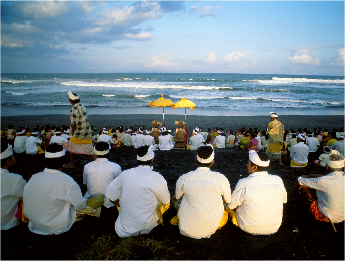
DSLRs
The DSLR offers an excellent compromise between image quality, affordability, flexibility, and convenience. While there are medium format cameras that offer greater dynamic range, less noise, and the ultimate in image quality, their high cost puts them firmly in the professional category.
As with film SLRs, the big draw of DSLRs is that you can see exactly what you are about to shoot, from framing to focus and depth of field, thanks to the use of a prism and flip-up mirror that deliver an exact view of the scene that is about to be captured. You may argue that digital point-and-shoot cameras with their electronic, non-mechanical shutters also offer this, but its at the cost of loading more circuitry onto the sensor, with a corresponding reduction in their image-gathering ability.

